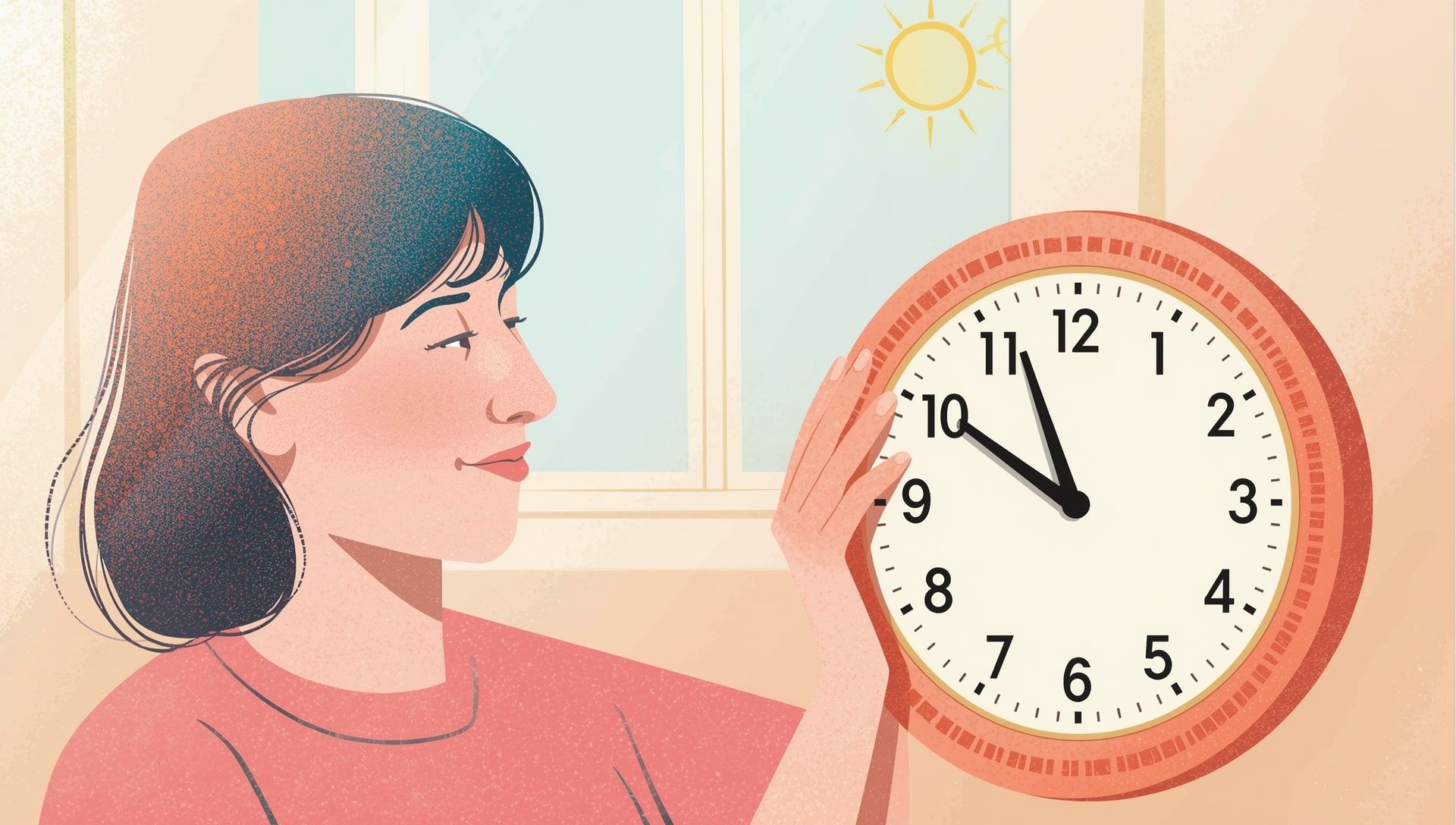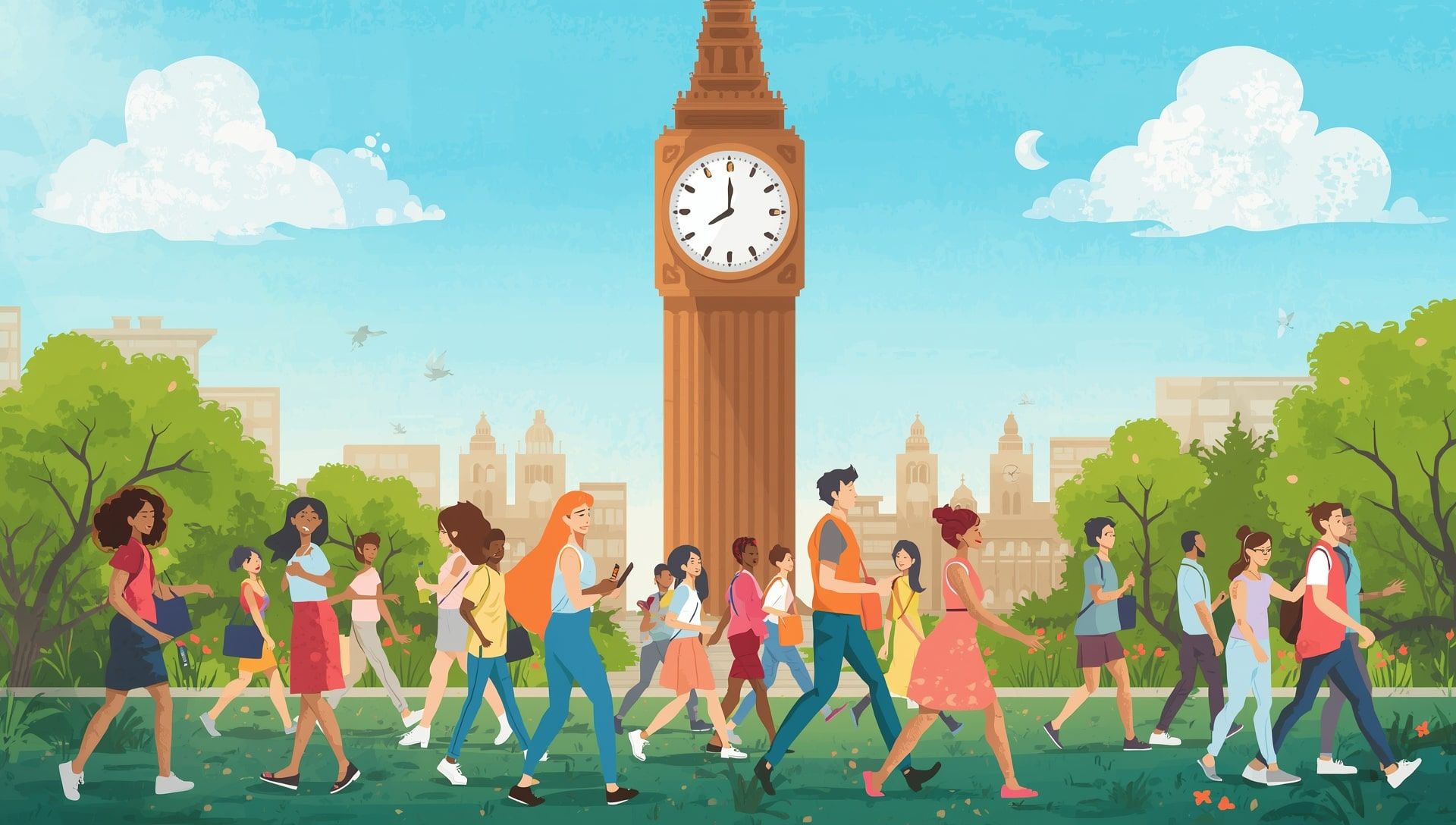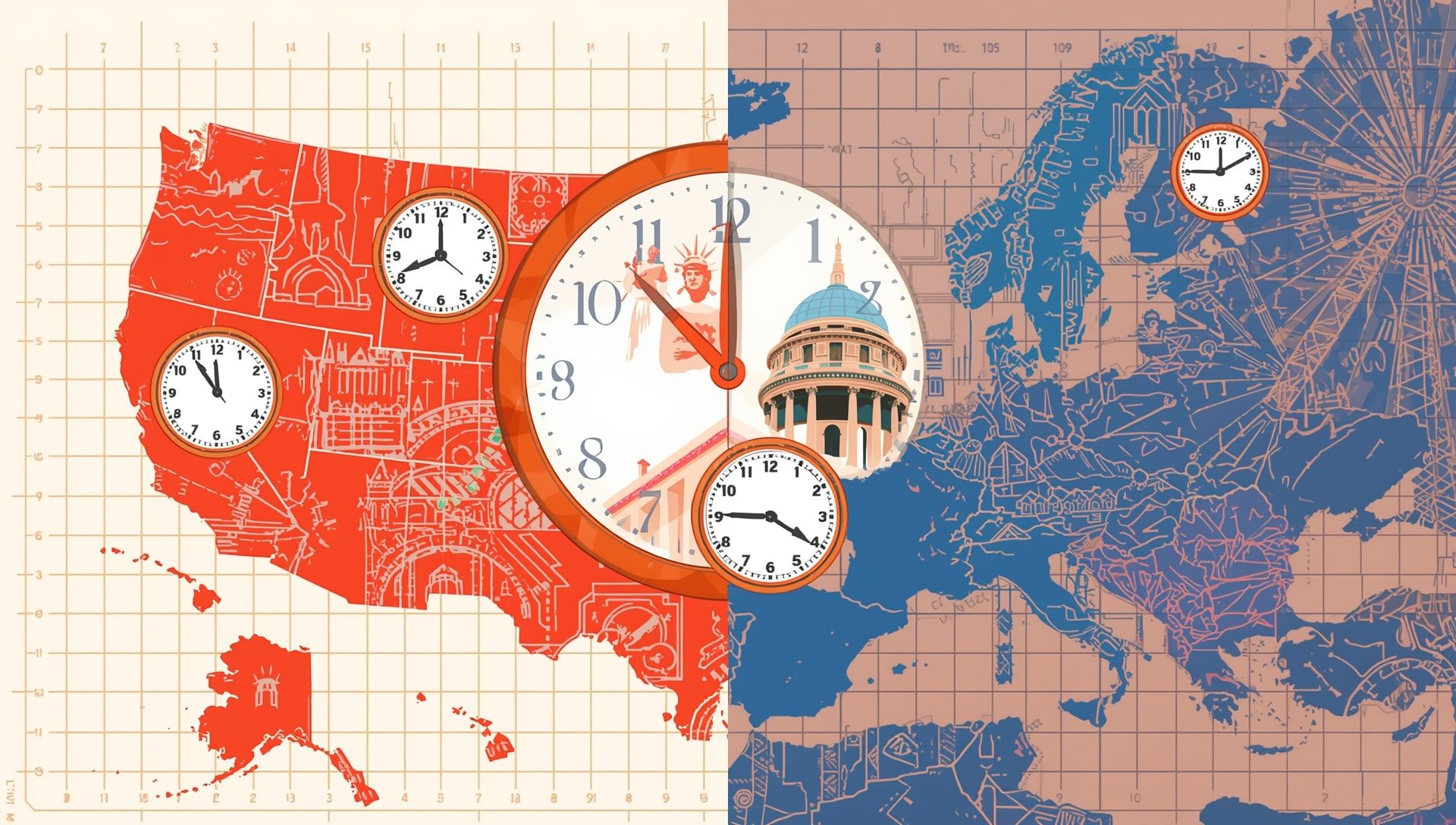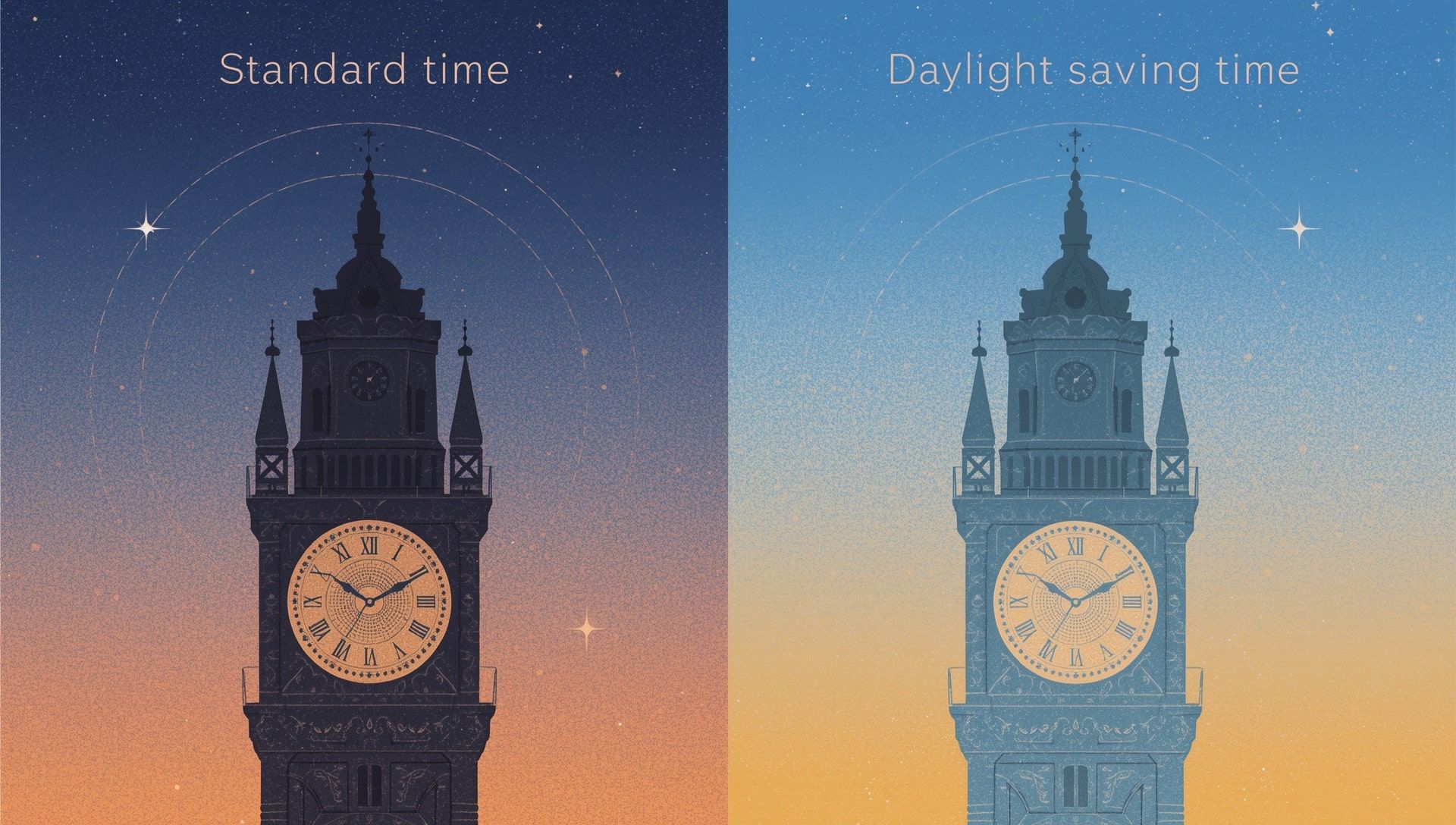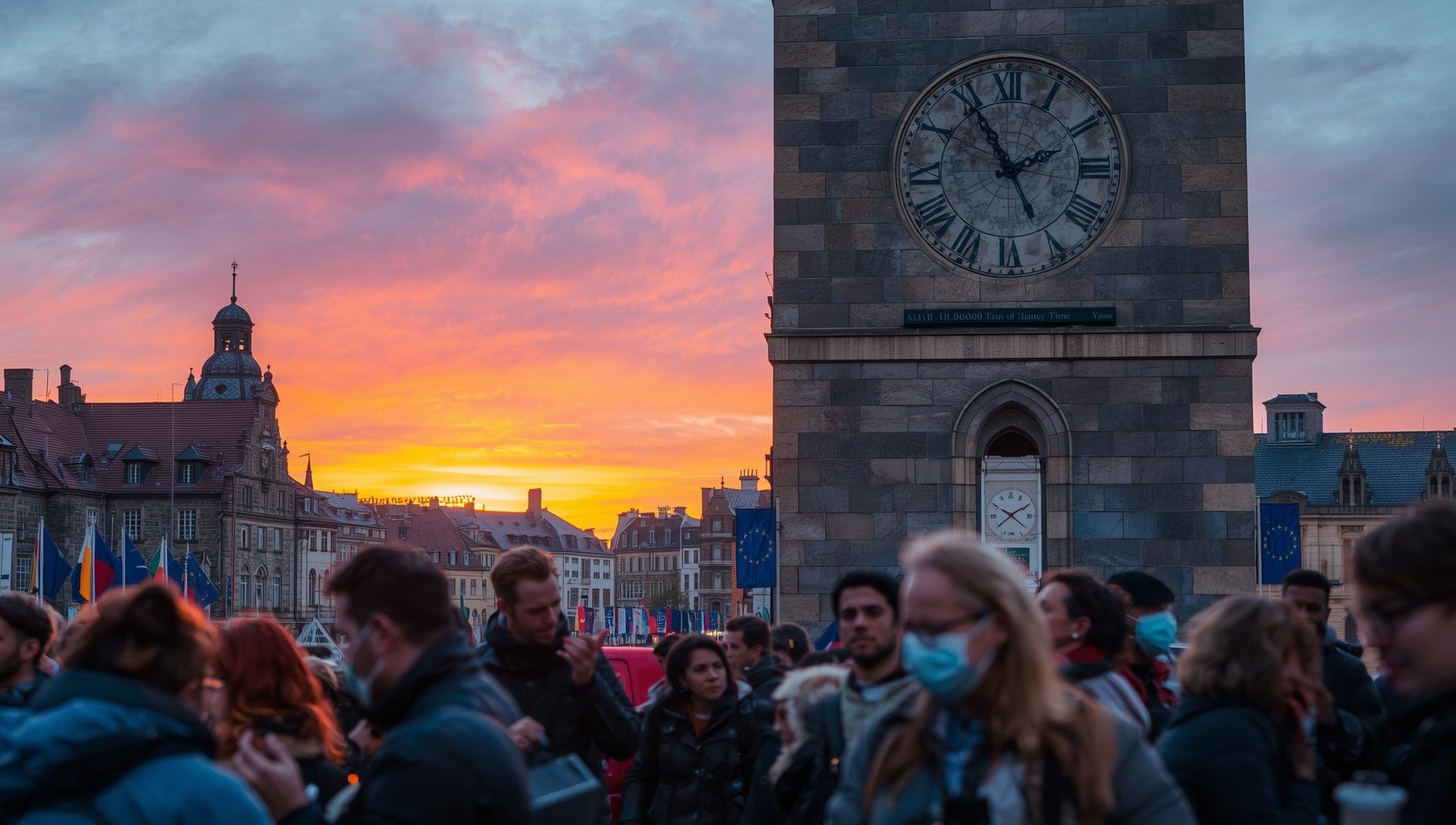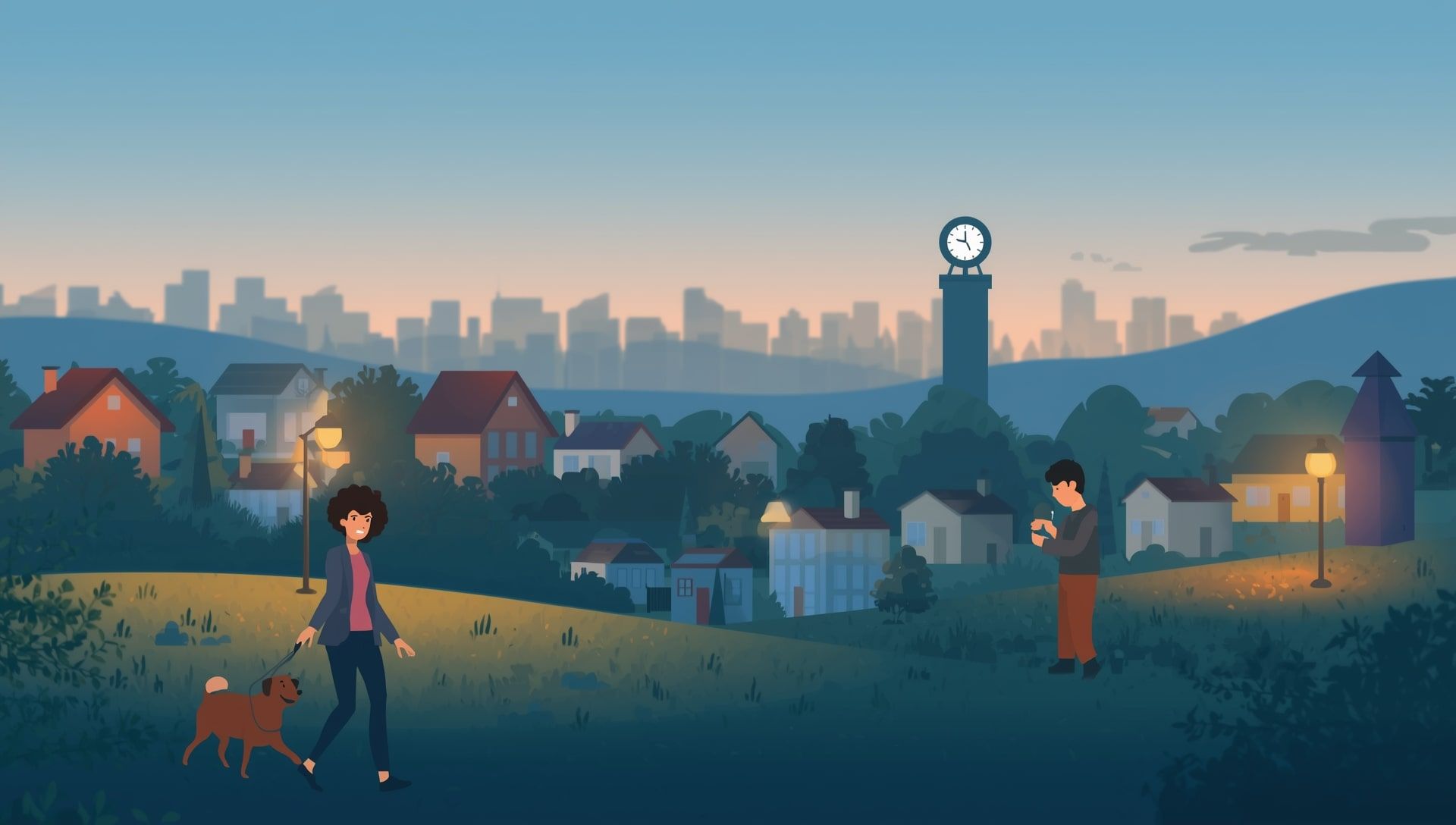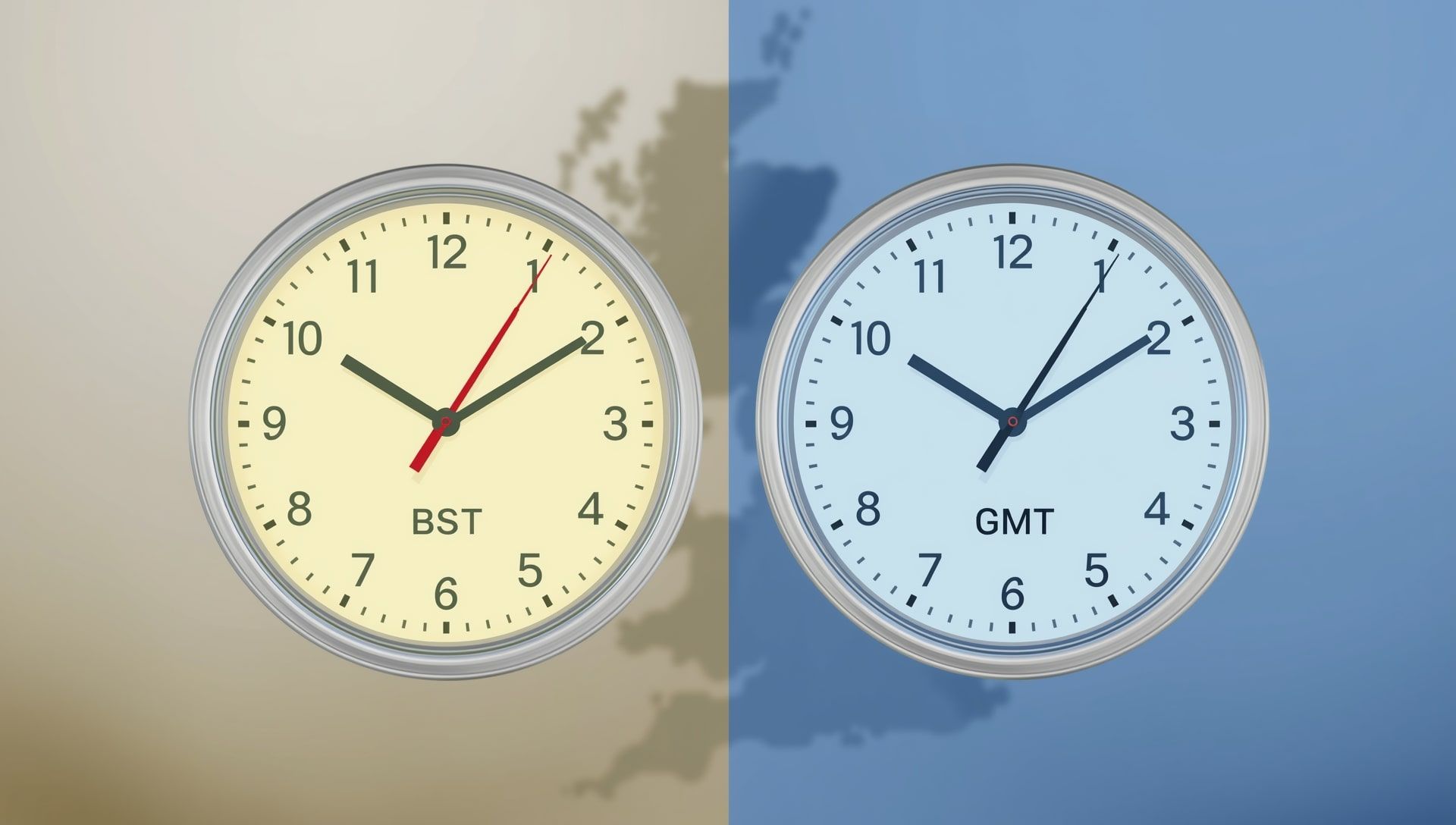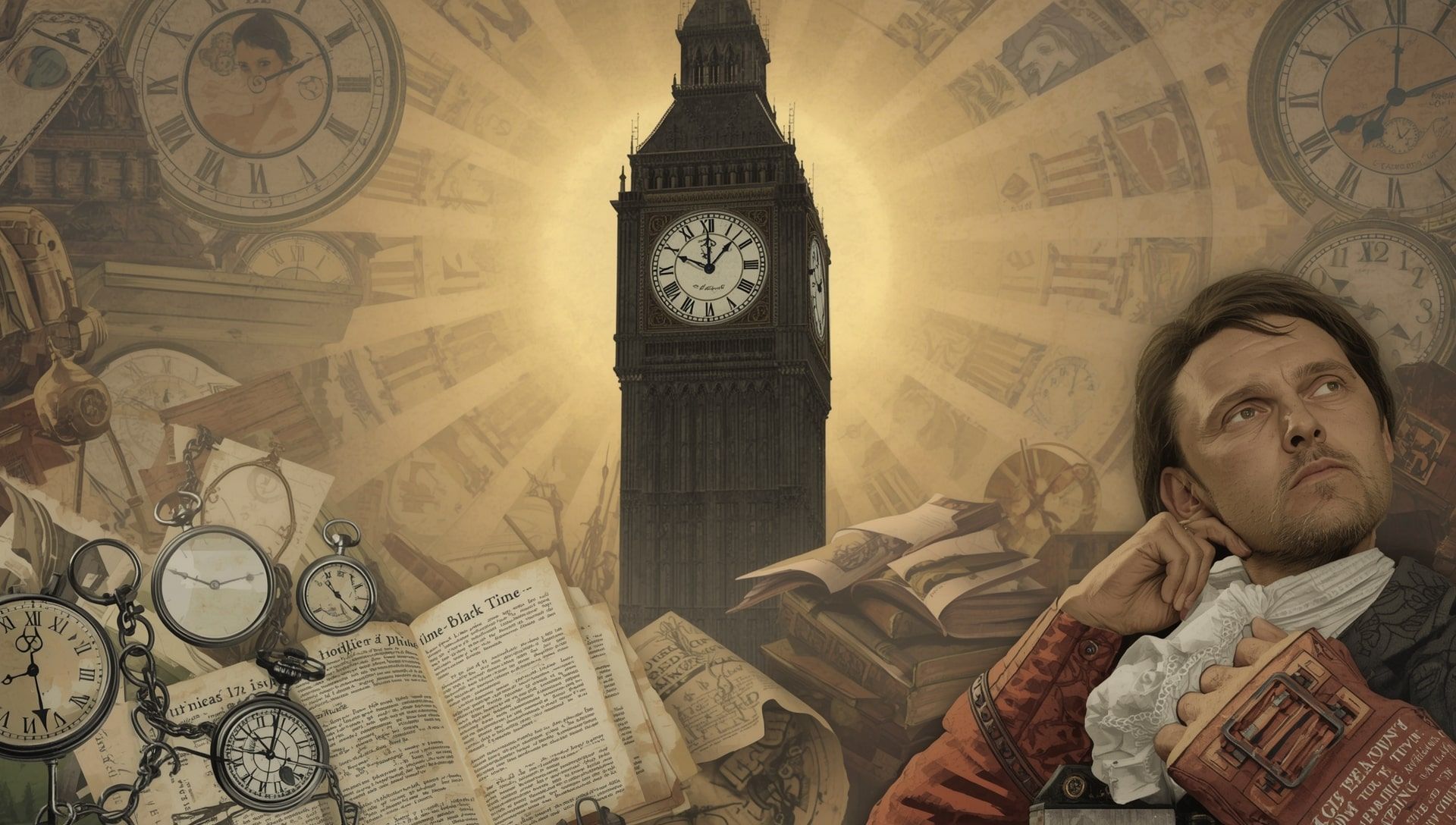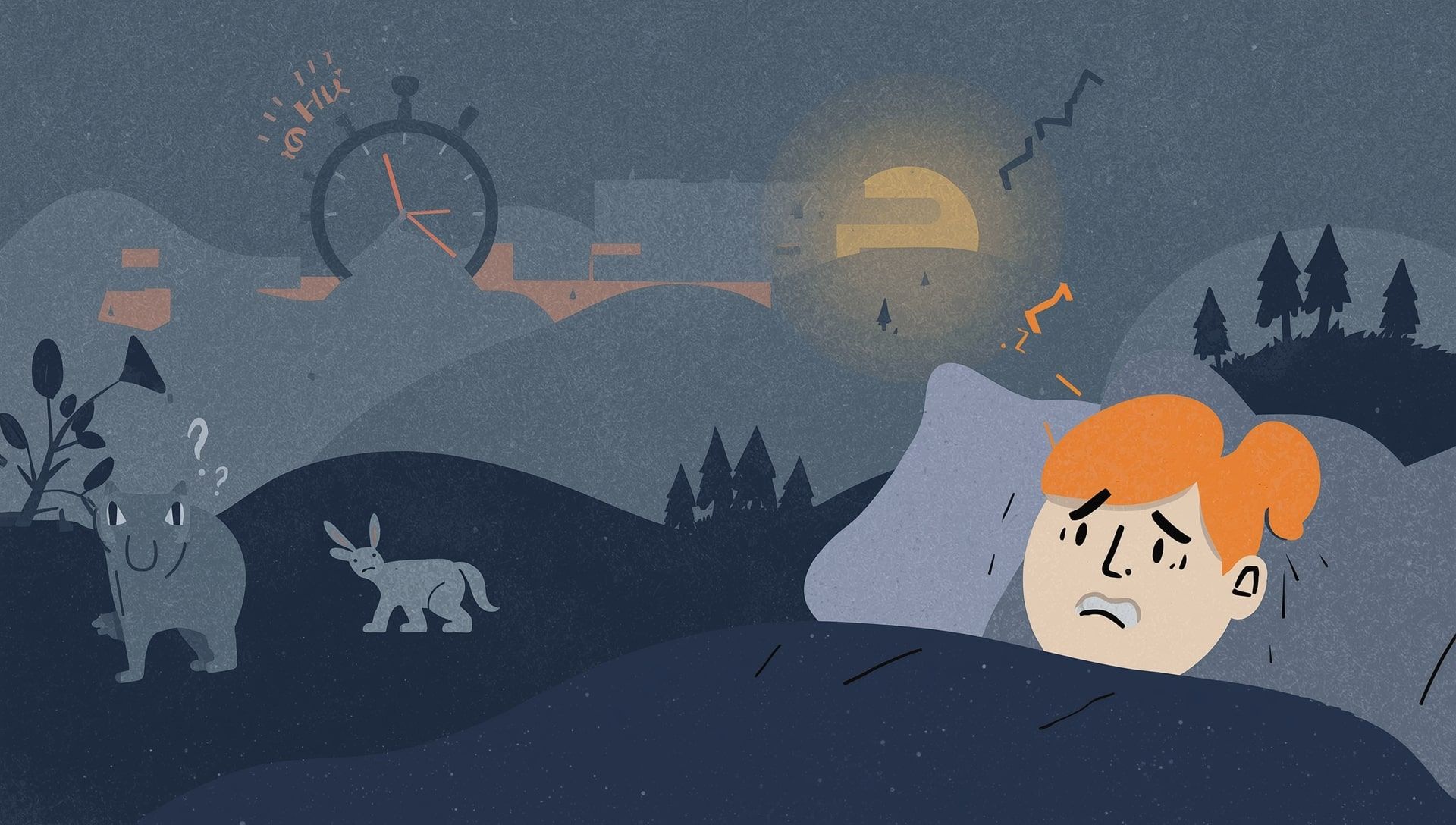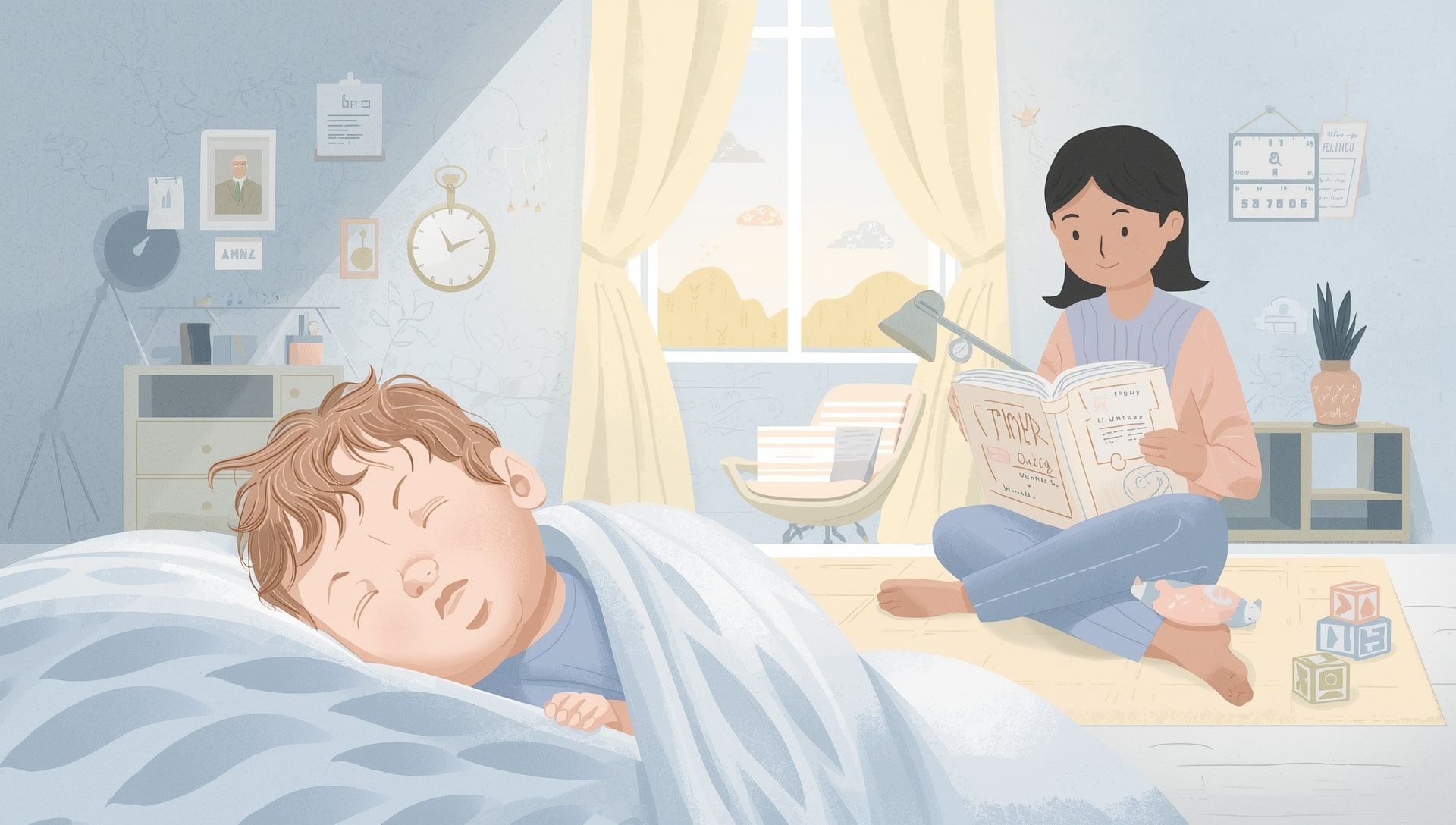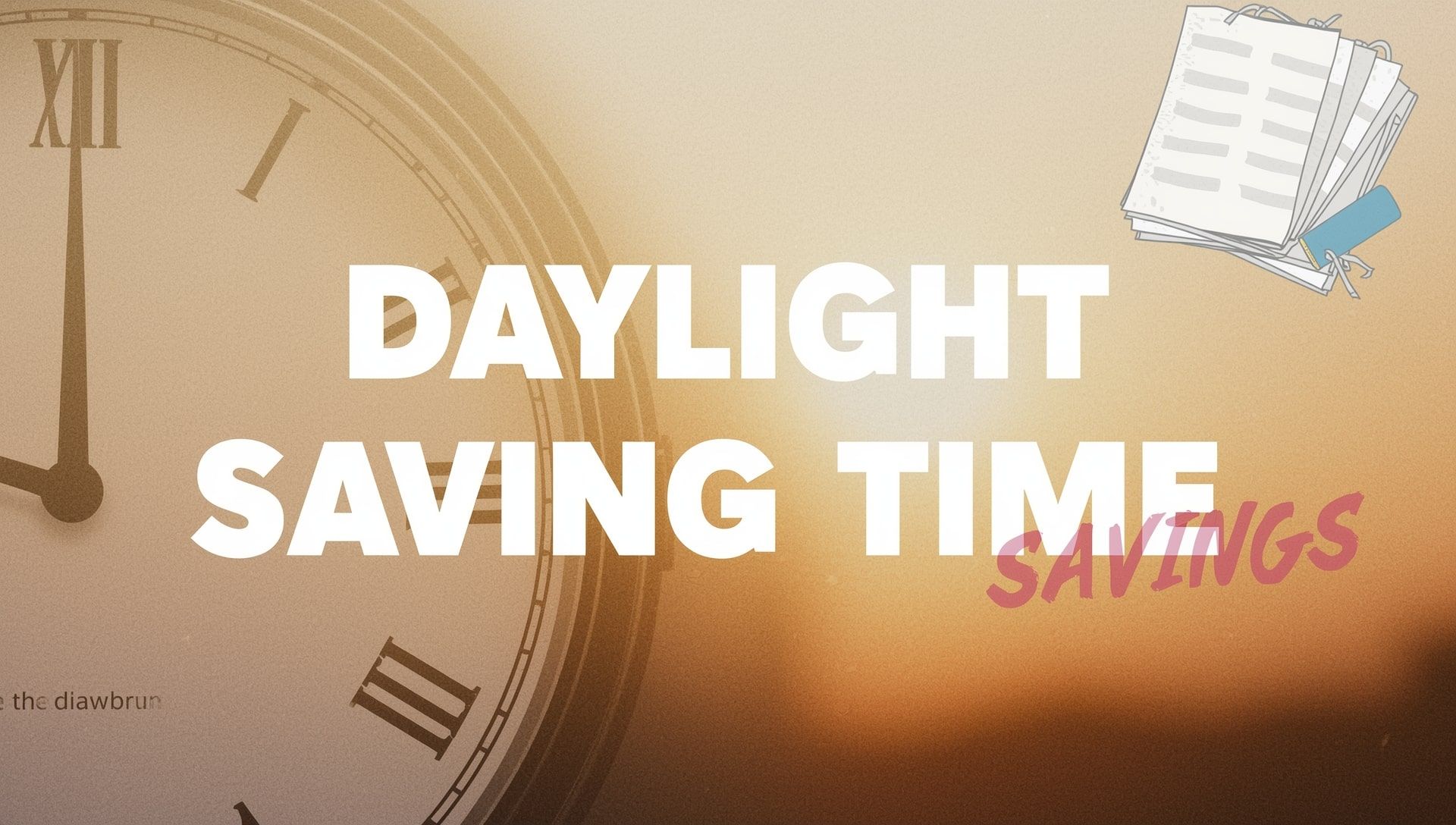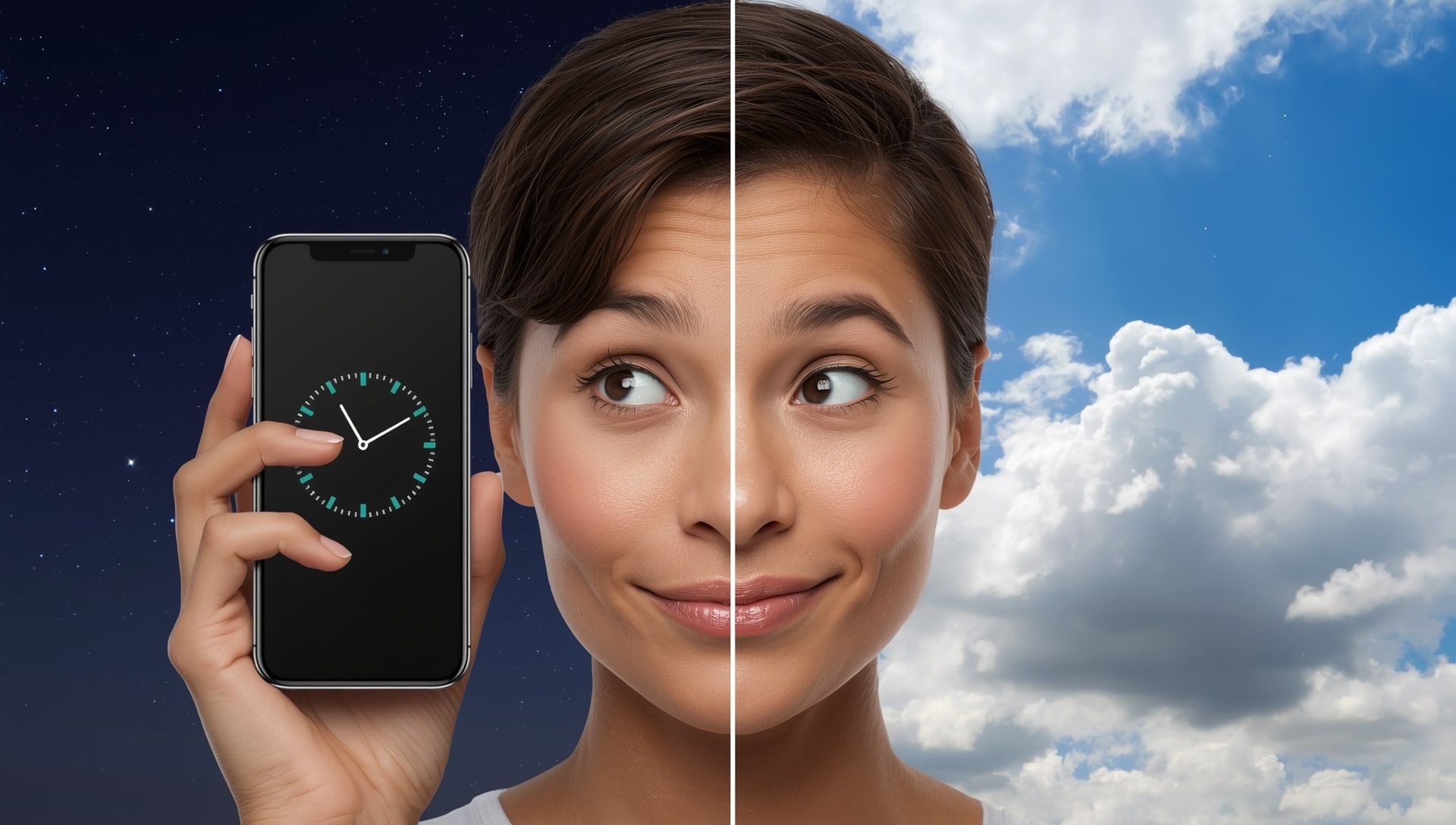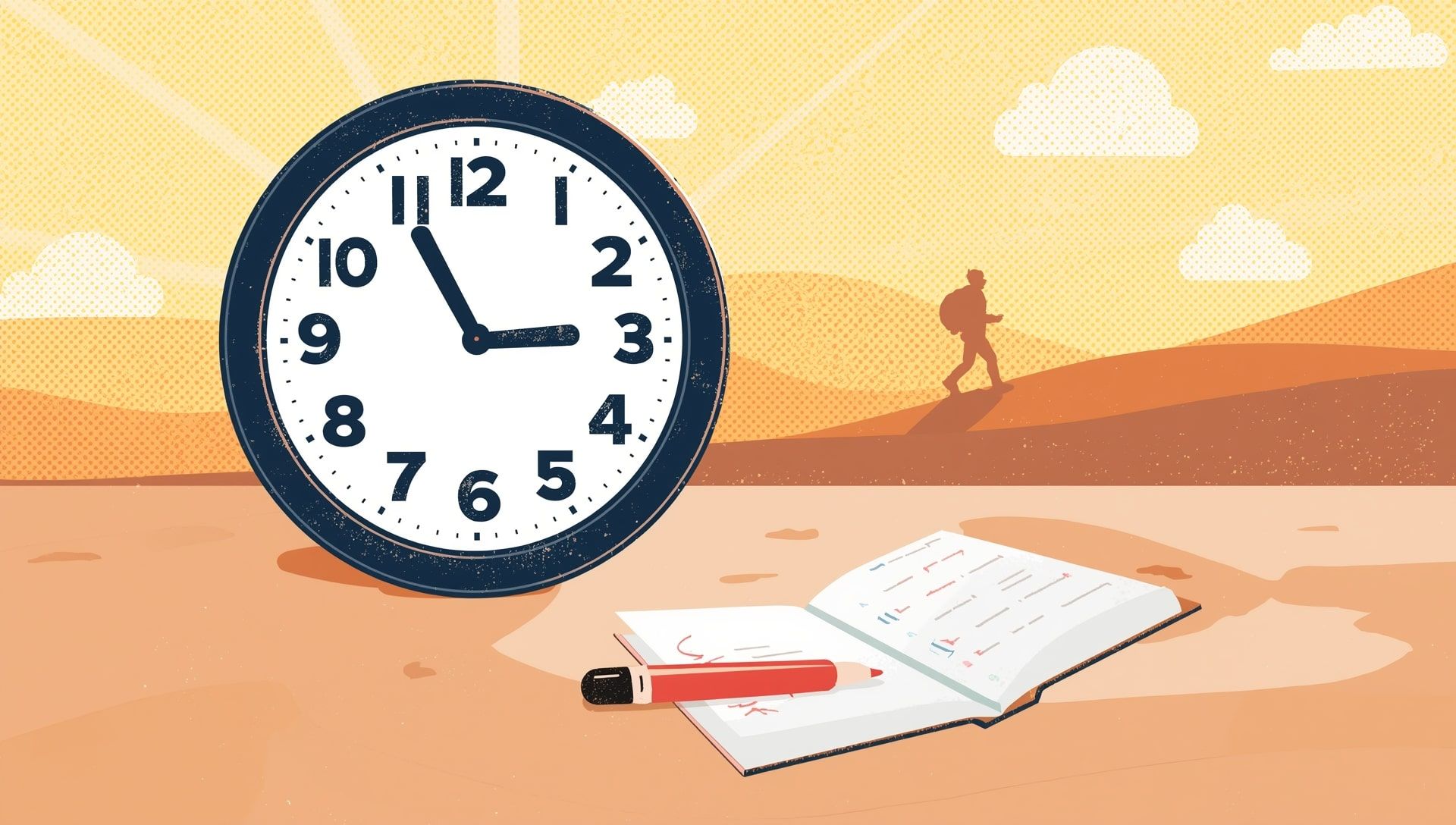Daylight Saving Time Explained
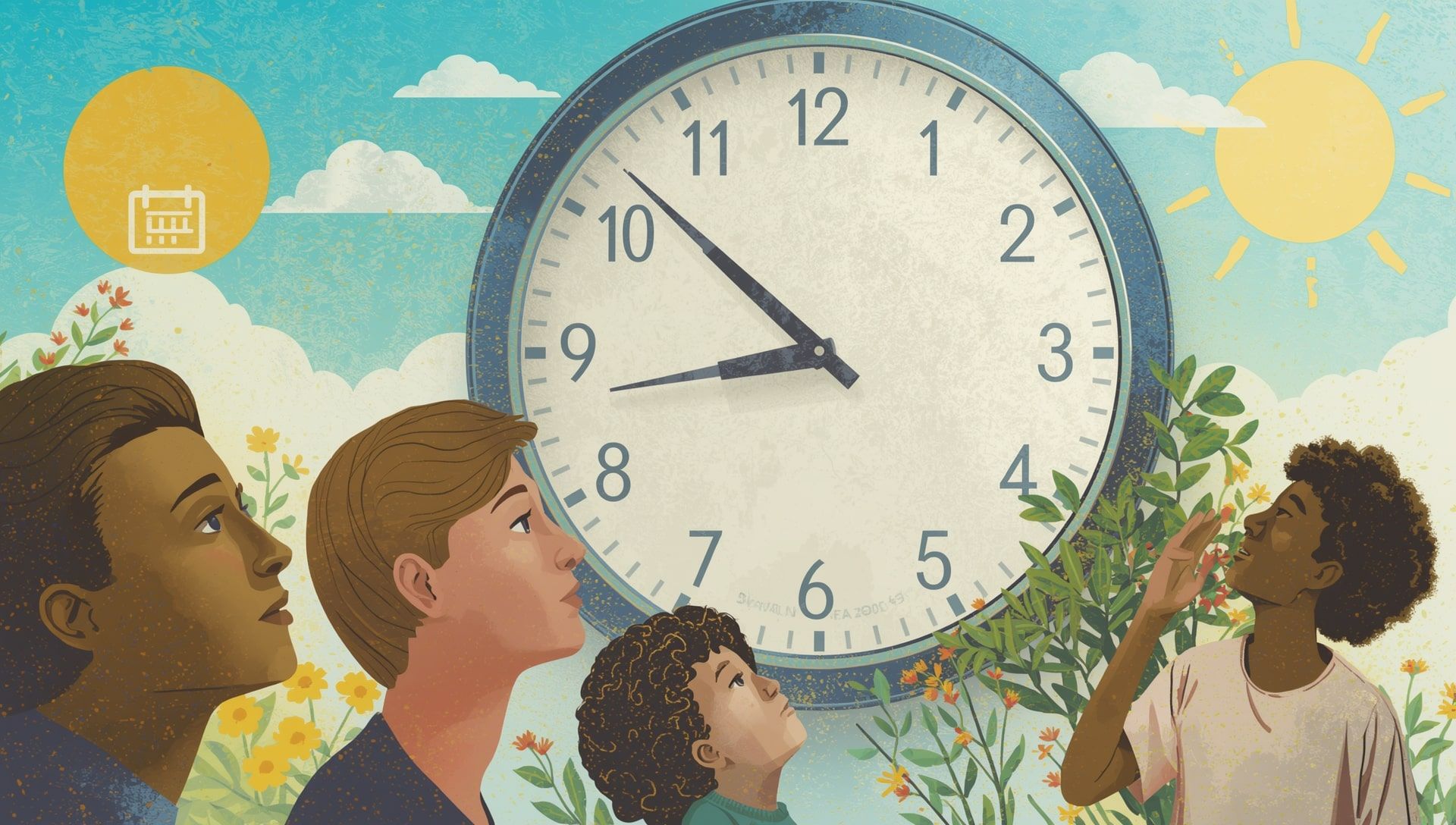
Twice a year, millions of people adjust their clocks by an hour, grumble about losing or gaining sleep, and question why we keep doing this. Daylight Saving Time, or DST, has been around for more than a century. Yet, it still confuses and frustrates many. What began as a practical way to make better use of daylight has become a fascinating mix of history, science, and habit that affects everything from your morning routine to global business hours.
How Daylight Saving Time Began
The idea of changing clocks to match daylight hours isn’t new. In 1784, Benjamin Franklin suggested waking up earlier to use morning light instead of burning candles at night. The modern version of DST, however, started during World War I. Several nations wanted to save coal by reducing the need for artificial lighting. By shifting the clock forward, people could enjoy more sunlight in the evening and use less fuel.
Germany was the first to adopt DST in 1916. Soon after, other nations followed. The United States officially began using it in 1918, though it was dropped and revived several times before becoming standardized in 1966 through the Uniform Time Act. Since then, DST has been a recurring annual event, though not every region participates.
Why We Keep Doing It
The original reason for DST was energy conservation. The logic was simple: by extending daylight into the evening, households would use less electricity for lighting. During the 1970s energy crisis, DST gained renewed attention as countries searched for ways to reduce power consumption. However, as technology evolved, the benefits have become less clear.
Modern energy studies show mixed results. Air conditioners, electronics, and flexible work hours have changed how people use energy. In some places, the savings are minimal or even nonexistent. Yet many governments keep the practice, citing social and economic benefits like encouraging outdoor activity and shopping after work.
The Science of Time and Sleep
Your body runs on a 24-hour rhythm known as the circadian cycle. This system controls sleep, hormones, and mood. When the clock shifts for DST, it disrupts that natural rhythm. Studies show that accidents, heart attacks, and even workplace injuries rise slightly right after the spring time change. The loss of one hour of sleep may sound small, but it can have a noticeable effect on health and productivity.
Many sleep experts believe it would be healthier to eliminate the twice-yearly clock shifts altogether. They suggest sticking to standard time or permanent DST instead. Each approach has its pros and cons, and the debate continues among scientists, lawmakers, and the public.
- Standard Time: Aligns more closely with the sun’s position, supporting natural sleep patterns.
- Permanent DST: Provides more daylight in the evening but darker mornings during winter.
- Hybrid Systems: Some regions adjust differently or not at all, depending on local time zone needs.
How DST Affects Daily Life
Beyond sleep, DST touches many parts of modern life. Farmers, airlines, software developers, and financial markets all adapt to the time changes. For instance, global trading systems must coordinate across different time zone maps where DST rules vary. Airlines adjust schedules to avoid confusion, while tech companies update devices to shift automatically.
In everyday life, DST affects more than people realize. Crime rates tend to drop slightly in the evening thanks to more daylight. Retail sales can increase because people spend more time outdoors. Yet for shift workers and parents of young children, the disruption can feel more like a nuisance than a benefit.
Pros and Cons of Daylight Saving Time
- Pro: More daylight after work. This gives people time for recreation, exercise, and social activities.
- Pro: Slight energy savings. Some studies suggest a small reduction in lighting costs.
- Pro: Economic boost. Businesses benefit from more daylight shoppers.
- Con: Health risks. The sudden change disrupts sleep and increases fatigue.
- Con: Limited energy impact. Modern energy use patterns make savings almost negligible.
- Con: Confusion and scheduling errors. Especially in industries that cross IANA-defined time zones.
The Modern Movement to End DST
In recent years, momentum has grown to abolish or modify Daylight Saving Time. Lawmakers in several countries have proposed keeping a single, permanent time year-round. The European Union’s move to let member states choose between standard or summer time is one example. In the United States, the “Sunshine Protection Act” has been discussed in Congress, though it hasn’t yet become law.
Public opinion is mixed. Many people enjoy longer evenings in summer, while others hate losing an hour of sleep in March. Technology and lifestyle changes have also reduced the practical need for DST. Smart lighting, efficient power systems, and global world clock tools mean we no longer rely on daylight in the same way we did a century ago.
Quick Reference Table
| Region | Observes DST? | Clock Change |
|---|---|---|
| United States (most states) | Yes | Second Sunday in March to first Sunday in November |
| Hawaii and Arizona (most areas) | No | N/A |
| European Union | Yes | Last Sunday in March to last Sunday in October |
| Japan | No | N/A |
| Australia | Partially | Varies by state |
| South America | Mostly No | Few exceptions |
| Africa | No | N/A |
- About 70 countries use DST today.
- Clocks move forward in spring and backward in autumn.
- The change affects over 1 billion people each year.
- Many scientists advocate ending clock changes entirely, suggesting a permanent adjustment similar to the proposed U.S. reform.
Looking Ahead: The Future of Time Changes
The future of Daylight Saving Time is uncertain. While some countries are ready to abandon it, others still see value in preserving the tradition. The global debate continues, balancing old habits with new realities. As our world becomes more connected, the inconvenience of shifting time twice a year may outweigh its intended benefits.
What’s clear is that time itself won’t change, only how we measure and adapt to it. Whether DST remains or disappears, the conversation around it reminds us how deeply the clock shapes human life. It’s more than a number on a screen; it reflects our attempt to align daily rhythms with the calendar and natural cycles.
Maybe one day, we’ll stop turning the clocks and let the sun decide what time it is again.
